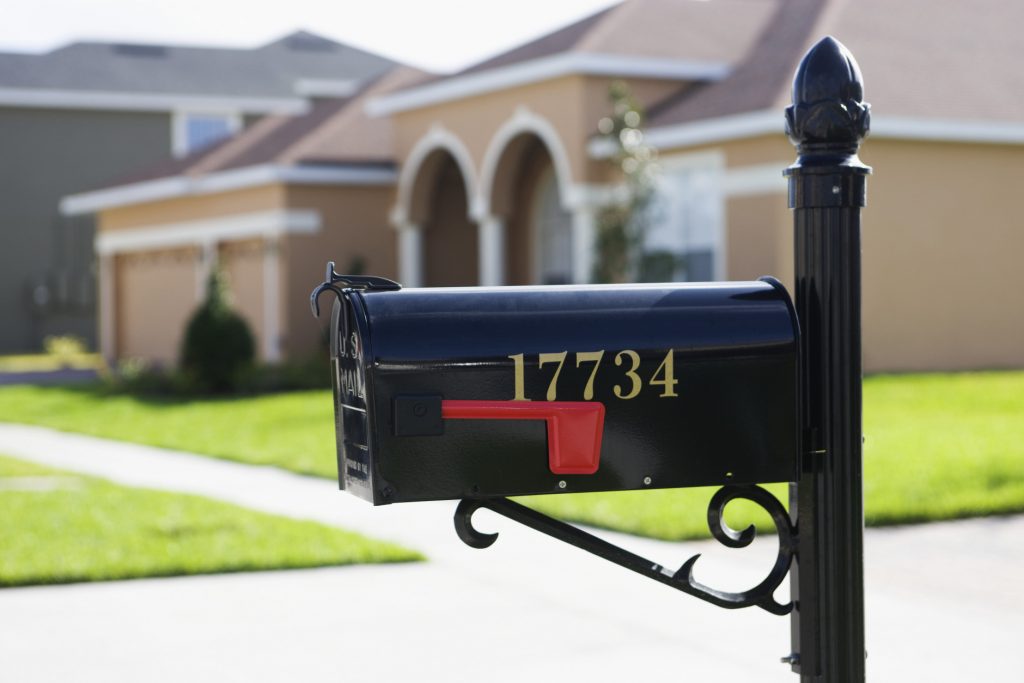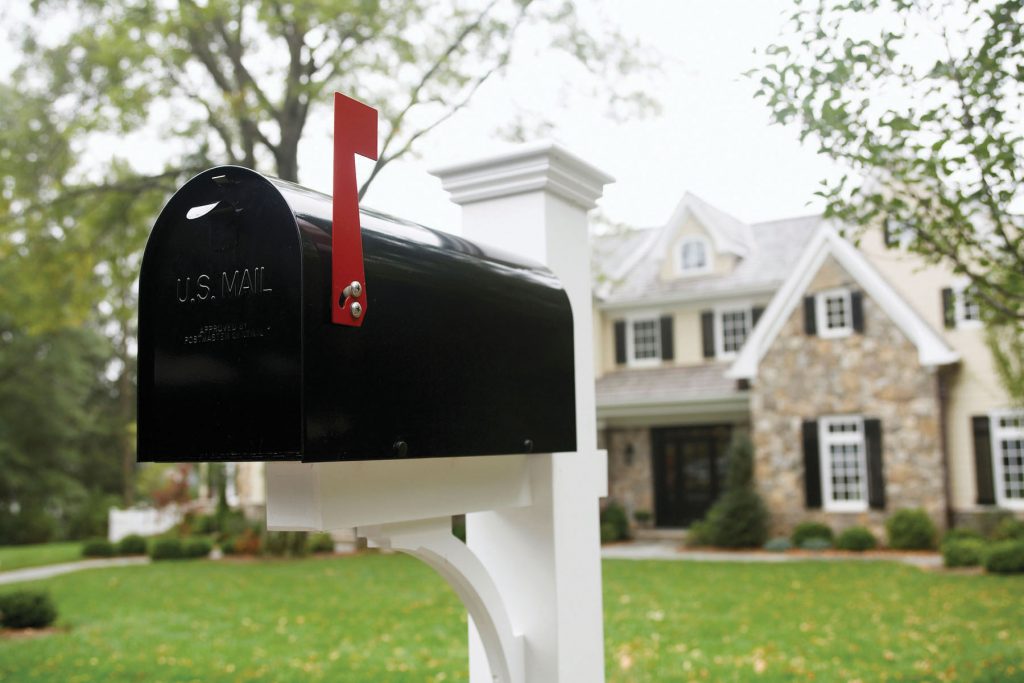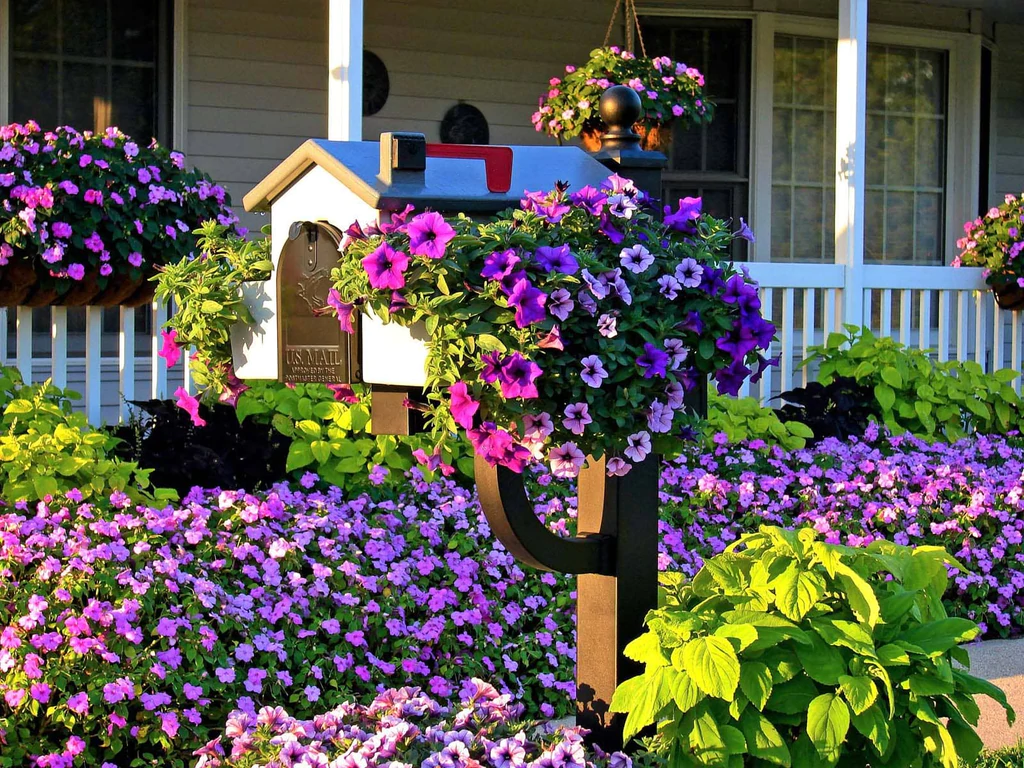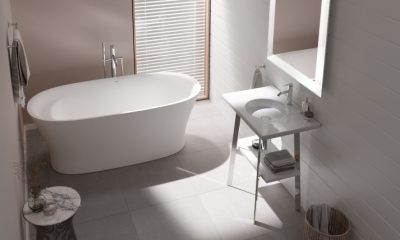Home & Garden
How to Choose a Mailbox That Adds Curb Appeal
Whether it’s hanging on the front porch, the garage or the wall surrounding the home, the right mailbox is one of those details that can’t be overlooked. Choosing a mailbox for your home may seem like something incredibly easy. However, some aspects must be carefully considered before you end up with something that totally clashes with your home exteriors. So how do you choose the ideal letterbox for your home?
Choose the Mailbox Materials

The first factor to consider is the material of the mailboxes. Local weather conditions can have a significant impact on your letterbox’s performance since every material reacts distinctively under different weather conditions. As a result, you should choose a mailbox that is appropriate for your mailing needs while also being solid and strong enough to resist the weather conditions in your area. Certain materials perform better under particular climates, so keep this in mind when shopping as you don’t want to change it every few months.
Wood
If you want a mailbox design made from sustainable materials, you can choose from a variety of styles with timber, stainless steel, and custom-designed elements. The timber mailbox design features a front panel precisely carved from Accoya wood with qualities that match or surpass the best tropical hardwoods and treated woods.
A wooden mailbox has a pleasant yet rustic appeal that complements classic or country-style residences with 18th to 19th-century European décor. It complements exteriors with a more muted colour palette. The conventional letterbox has been updated over the years. Modern residences now include freestanding letterboxes made of a combination of wood and metal or other materials. The lines are simpler and cleaner, giving the mailbox a more minimal appearance.
Steel
Steel letterboxes are thought to be among the most durable. The mailbox’s structural strength will not be compromised if it is dinged, scraped, or twisted. These advantages, however, come at a cost. Steel mailboxes are more durable, but they take longer to manufacture. It takes significantly longer to add details. As a result, they are more expensive to produce than mailboxes made of other materials.

Iron and steel both require little maintenance during their lifetimes. However, these metals are prone to rust, particularly when untreated or bare parts are exposed to moisture or salt in the air. To prevent the mailbox from rusting, both the outside and inside surfaces must be painted or powder coated.
Plastic
When compared to the other materials on this list, plastic models are among the most cost-effective type of letterboxes available. Plastic, unlike metal, never rusts, and as such, it is suited for usage in places with high levels of annual rainfall. Letterboxes comprised of thin layers of plastic, on the other hand, are prone to fracturing or cracking. Homeowners who want plastic postboxes should select versions constructed of thick grade plastic. Thicker plastic will also be more robust and less likely to crack.
Each of the materials described here has advantages and disadvantages. Only you can decide which one is appropriate. By looking through this list, you will have a better understanding of what is available on the market and will be able to make an informed decision on what to install.
Choose a Mailbox Design
Mailboxes will never be out of style. People will continue to send mail to one another, whether it be personal letters, bills, marketing materials, or magazine subscriptions. You may significantly increase the value of your home without spending thousands of dollars by selecting the perfect mailbox.
Common mailbox styles vary greatly, particularly in urban and rural settings. The optimal mailbox design for you will be determined in part by municipal rules and the type of property you reside in. Select the one that is most convenient for you while still being accessible to postal employees.
Post Mounted
The most popular type of mailbox found in homes is a weather-resistant mailbox that is affixed to a post or pole near the curb or at the end of your driveway. This is particularly common in suburban or rural areas where postal employees drive from door to door. Post-mounted mailboxes make it extremely simple for the mailman to deliver your mail without having to approach your front door directly.
It also allows you to send letters and small parcels from home rather than going to the post office. Most post-mounted mailboxes include a little flag on the side that you can use to indicate whether you have any mail that needs to be taken. However, if your mailbox lacks a lock, it will be an easy target for mail thieves.
Column Mounted

This mailbox, a more sophisticated copy of the post-mounted mailbox, is placed inside a column at the end of your driveway. Column-mounted mailboxes are often more secure than post-mounted mailboxes since they are more difficult to break into or destroy. They do, however, have the disadvantage of requiring you to leave the house to pick up your mail rather than having it brought immediately to your door.
Wall Mounted
Wall-mounted mailboxes are often placed in front of a property, with adequate capacity to handle all of the mail you receive. Most of them are blocked, ensuring that your private mail is not intercepted by others, but they generally have no outbound mail. This is perfect if you are concerned about receiving your letter but don’t mind sending enormous volumes of mail. You can typically find a way to accent the aesthetic of your house because they come in a variety of sizes, styles, and colours.
Door Slot
The mail slot is a hole in the door through which mail can be inserted. This is wonderful for those who get mail since they do not have to go somewhere to pick up the products, but it does need the postal employees coming down, going home, and delivering them. If you have a slot on your door, make sure to guard it with high-quality covering. This will protect the door from being damaged by weather or animals trying to get in. The issue with this style of a mailbox is that there is no space for outgoing mail, so you must travel to the post office to drop off the goods you wish to send.











